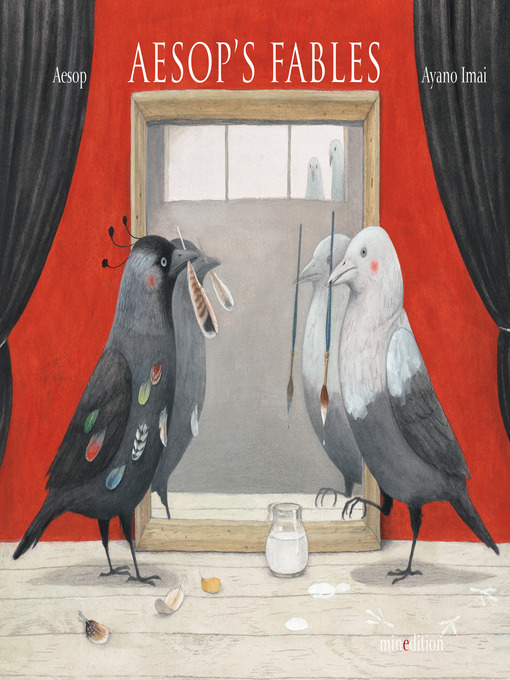This striking new interpretation of the classic, with its delightful, quirky illustrations, brings the moral tales of Aesop to life for young readers
More than a dozen of Aesop’s fables are brought to dazzling new light in this exquisite edition by Ayano Imai. Including fables such as “The Kid and the Wolf,” “The Ox and the Frog,” and “The Fox and the Grapes,” among others, the tales are each given a unique charm through the superb illustrations.



